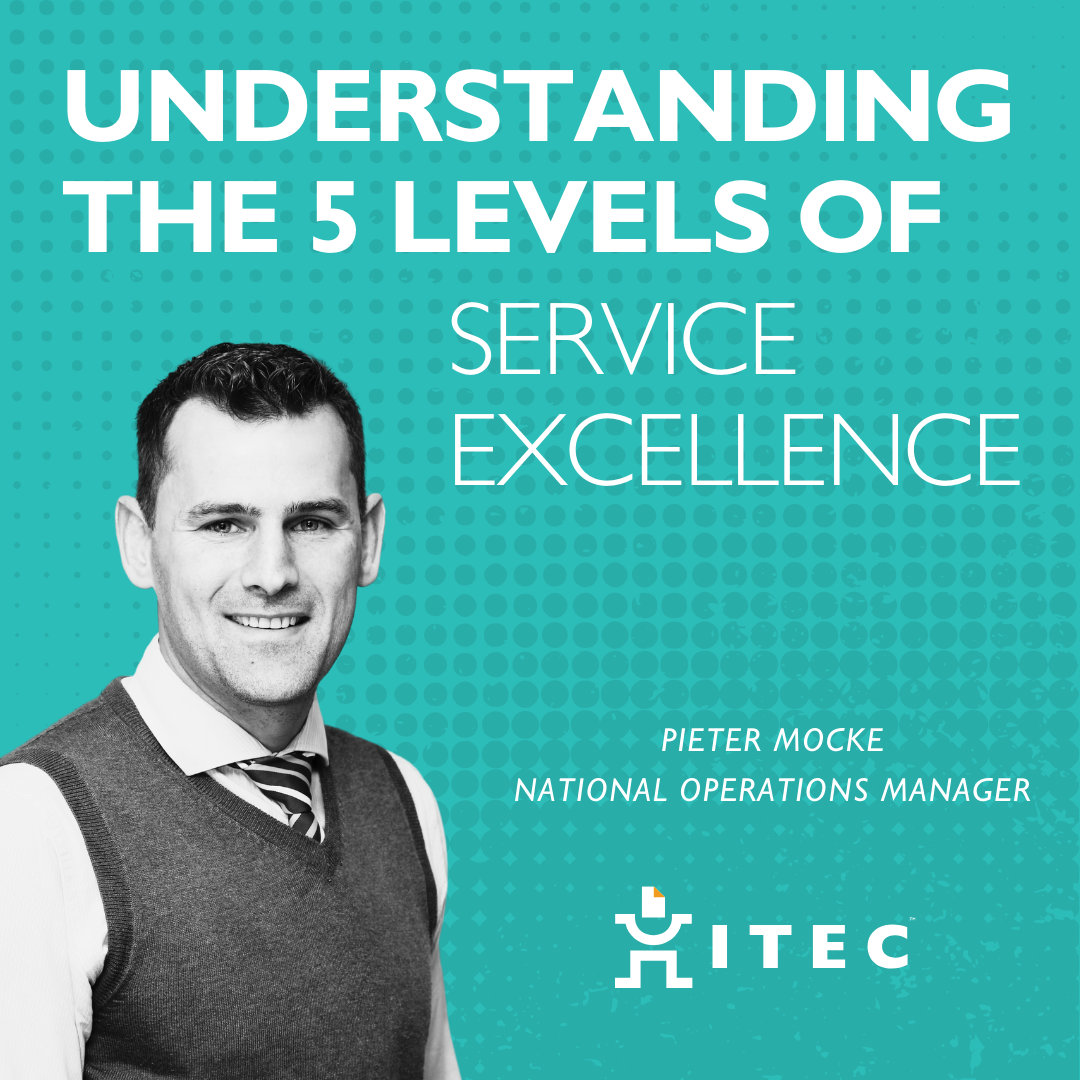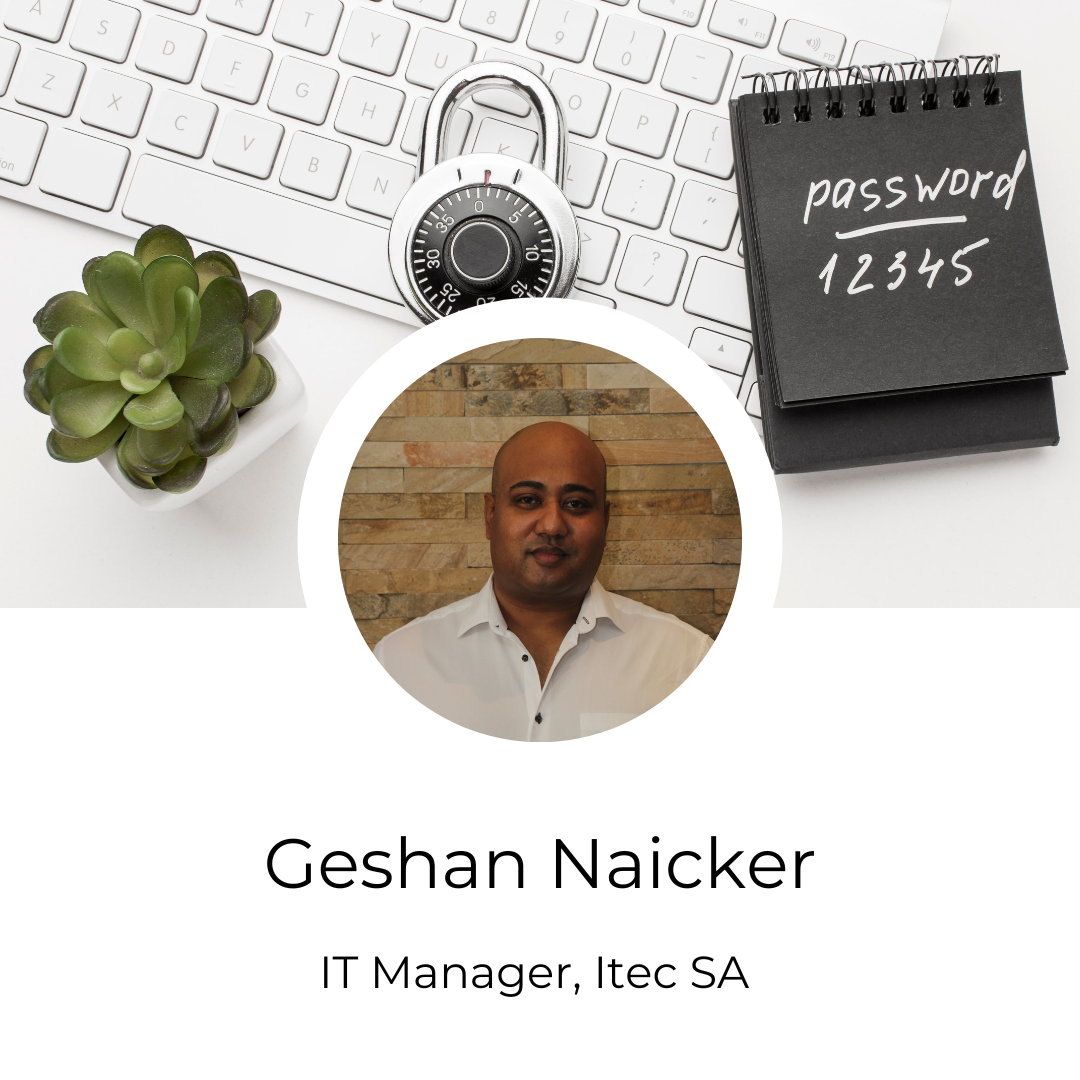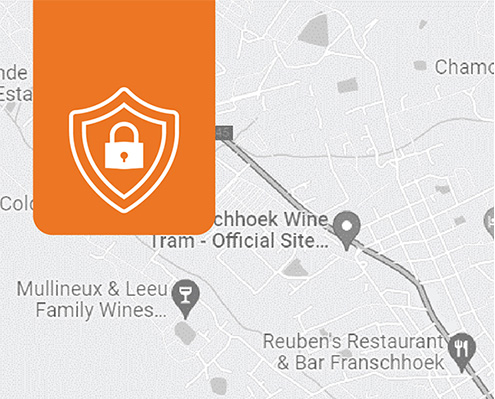 https://itecgroup.co.za/wp-content/uploads/2023/09/Wits-Case-Study-preview-banner.png
400
444
Marcele Greyvenstein
https://itecgroup.co.za/wp-content/uploads/2023/02/itec-logo-new.png
Marcele Greyvenstein2024-11-13 14:54:012024-11-13 14:54:01Wits University Case Study
https://itecgroup.co.za/wp-content/uploads/2023/09/Wits-Case-Study-preview-banner.png
400
444
Marcele Greyvenstein
https://itecgroup.co.za/wp-content/uploads/2023/02/itec-logo-new.png
Marcele Greyvenstein2024-11-13 14:54:012024-11-13 14:54:01Wits University Case StudyTechnology is increasingly being touted as a solution to help South Africa’s schools and tertiary institutions improve the quality of education. For most educational leaders, though, the challenge is to create efficient, engaging, and secure learning environments that empower students to thrive in the digital age while navigating massive budgetary and connectivity constraints.
That’s why it’s critical for educational institutions to think holistically across their full technology footprint and spend their money wisely as they work towards a long-term vision, says Esti Kilian, Head of Product at managed business services provider Itec SA.
“Spending your technology budget smartly is 80% about finding the right partner and planning, and 20% implementation. Many IT providers are out there selling cloud-based platforms, data management systems, and collaborative tools when all you probably need right now is tried and tested technologies in areas like document management, security, and communications, that meet your needs and follow a logical roadmap,” says Kilian.
Office automation and administrative operations
We live in the digital age, but most schools and tertiary institutions still rely heavily on printed materials. At the same time, they are under massive pressure to stay sustainable and keep within their budgets. With custom print solutions, educational institutions don’t have to sacrifice quality for cost-effective printing.
Office automation technologies can dramatically simplify administrative tasks, freeing up valuable time for educators and administrators to focus on the business of education, says Itec’s Kevin Johnstone, Consulting Executive at Itec SA.
“Modern document management systems make printing and workflow management far more sustainable and cost-effective. They also make it easier to share resources between educators, create lesson plans, and collaborate on projects, regardless of their physical location. This helps create a more connected and collaborative learning environment,” says Kevin.
Enhancing collaboration and engagement
Integrated communication technologies can transform the way educators, students, and parents interact. Modern communication tools such as email, instant messaging apps, video conferencing platforms, and learning management systems enable seamless communication between all stakeholders.
The challenge is that many educational institutions generally take a long-term view of communications investments, which means they’re still working with legacy systems like phones and switchboards. They’re not looking for a flood of new technology: rather, they want to start with basics like integration into Teams, presence management, syndicating information across vast user bases, and sharing availability of classrooms and meeting rooms.
“Even implementing a proper contact centre is a major step forward. It’s not about the technology, as much as a change in thinking about customer experience, in which you treat your students as customers,” says Itec’s Mitel Product and Pre-Sales Manager, Hannes van der Merwe. “By creating a pathway to the future, we can help educational institutions take care of their most critical priorities without breaking the budget.”
Safeguarding learning environments
Technology is playing a vital role in creating safe and secure learning environments. There’s a growing demand for advanced surveillance systems, access control solutions, and emergency notification systems from schools and tertiary institutions alike, says Itec’s Product Manager for Security, Ashley Van Breda.
“Parents want to know their kids are safe at school or on campus. Basic solutions like CCTV offer parents and educators the comfort they need by providing supervision, even where teachers can’t always be physically present,” says Ashley. “Cameras don’t only monitor activities: they also serve as a potent deterrent and provide valuable evidence in case of incidents.”
Many campuses are now implementing access control systems, which restrict unauthorised entry to buildings and sensitive areas, ensure the safety of students and staff and provide an auditable record of attendance. By integrating all these security systems, schools can get reports and flag incidents in real-time, enabling prompt responses during emergencies.
“Technology can be a huge help to most educational institutions. But it’s important that they walk a journey with a vendor that’s willing to put some skin in the game and evolve with their needs. That way, they get all the benefits and cost savings that technology can bring, without neglecting their key priorities or breaking their budgets,” says Kilian.











